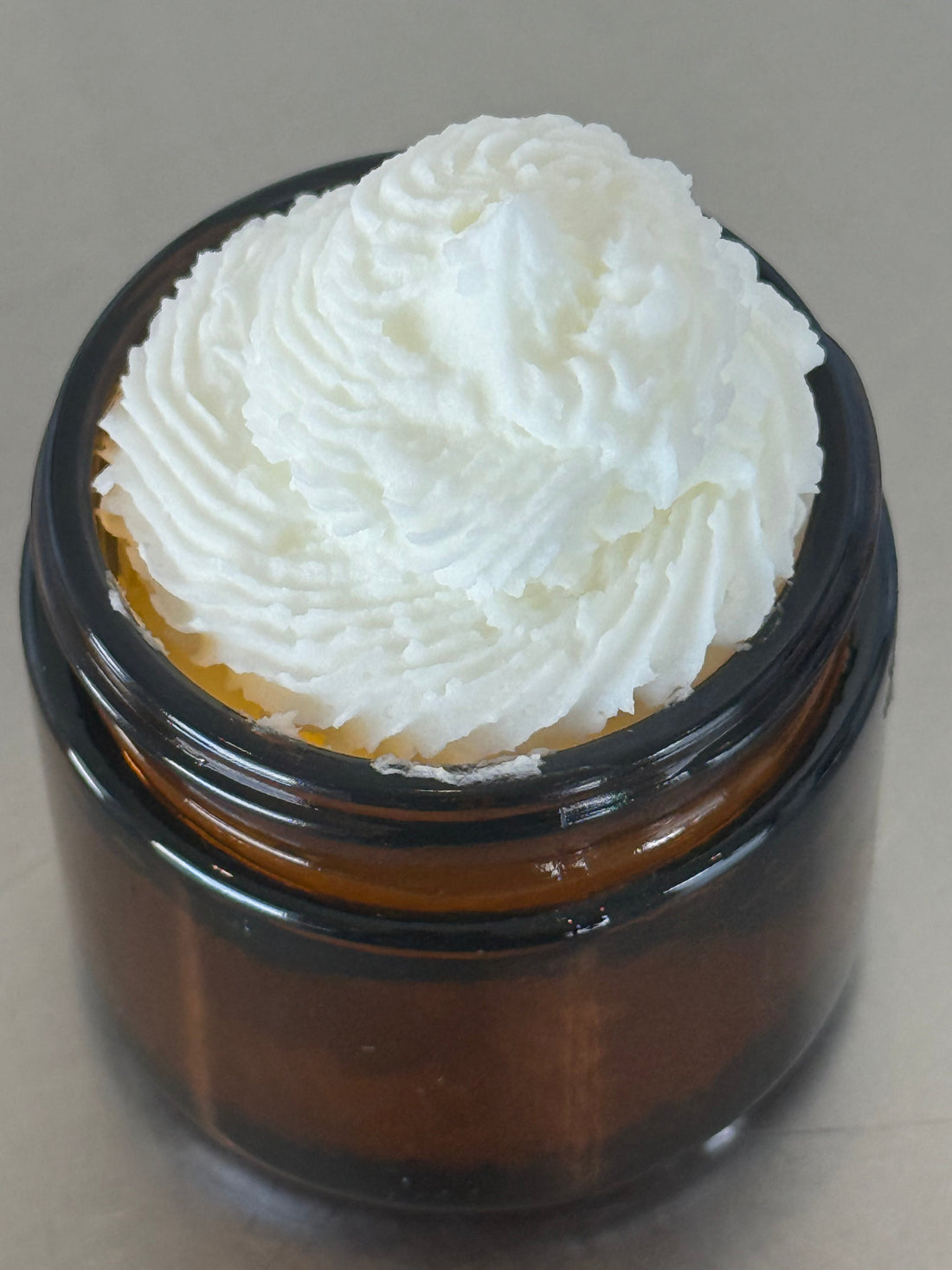
Testing Emulsifiers: For Lump Free Tallow Skincare
Testing Emulsifiers: For Lump Free Skincare
Ever noticed your tallow balm getting a little lumpy? We know, it's frustrating!
The secret (and the joy) of our VBar tallow is its incredibly high content of fatty acids. That's what makes it so amazing for your skin! But those incredible fatty acids, like anything natural, are sensitive. They naturally want to clump together—a process that speeds up with changing temperatures. Whether tallow cools too slowly after being made, or just sits on a sunny bathroom counter, those temperature swings can cause a grainy texture.
We love seeing those high fatty acid content results come back from our lab—it means you're getting the best quality tallow—but it also means we need a smart solution to ensure a consistently smooth texture.
Ultimately, the best way to avoid those grainy lumps is to use your balm quickly! We know, that's easy when it's your personal stash, but it gets tricky when you're selling a product or crafting a gift that might sit on a shelf for weeks before being used. This is why we have to formulate our balms for the real world—the one with hot delivery trucks and cold display cases.
So, how do we get the benefits of high fatty acids while keeping our balms silky smooth?
Emulsifiers! We’ve tested three common options to see what works best in our tallow-based formulations. Here's our VBar rundown:
1. Beeswax
The Upside: Beeswax is a fantastic addition to skincare. It's soothing, protects the skin, and consumers love seeing it on an "all-natural" label. For a formulator seeking less-processed ingredients, beeswax is a highly valued component.
The Downside: Beeswax is an incomplete emulsifier. It’s mostly a thickener. Even though its thickening power helps stabilize the emulsion by physically slowing separation, it can't chemically bind the oil and water together long-term. Plus, in cool environments, that thickening property makes the balm harder to scoop and spread out of the jar.
2. Arrowroot Powder
The Upside: It's a natural starch derived from the root of the Maranta arundinacea plant, which, again, really appeals to our natural-focused consumers.
The Neutral (The VBar Jury is Out!): The texture it creates is fascinating! At certain temperatures, balms can take on an almost jelly-like consistency. It's a texture you'll either love or hate, and we'd love your opinion! Try a batch and let us know what you think!
The Downside:
-
Stability is Physical, Not Chemical: Arrowroot stabilizes the mixture only through increasing viscosity (thickness). It doesn't chemically bind the ingredients, which means the emulsion may be less stable over the long term than a true emulsifier.
-
Heat Sensitivity: Like essential oils, it breaks down in high heat, so you have to be meticulous about your temperatures when blending ingredients.
-
The Big Deal: Texture: The more arrowroot you use, the more noticeable an abrasive texture becomes. The trick is hitting that perfect sweet spot where it only provides a smooth, "dry-touch" finish. For most applications it's fine, but when applying balms to sensitive or irritated skin, the abrasiveness can be an issue.
3. Xanthan Gum
The Upside: Xanthan gum is a powerhouse. It’s highly effective as a thickener and stabilizer across an incredibly wide range of temperatures and pH levels. It also has a lovely, smooth texture that gives a product great "slip."
The Downside: It’s a processed ingredient (derived from bacterial fermentation) that some consumers worry about, making it less marketable to the natural crowd. While there are theoretical health and safety concerns if you ingest or inhale it in large amounts, honestly, we think you'd have a difficult time consuming enough of it in a topical balm to experience any negative results!
The VBar Verdict:
Choosing the right stabilizer is a constant balancing act between stability, texture, and natural ingredients. What matters most to you in a tallow balm? Texture, stability, or an entirely natural label? Let us know!